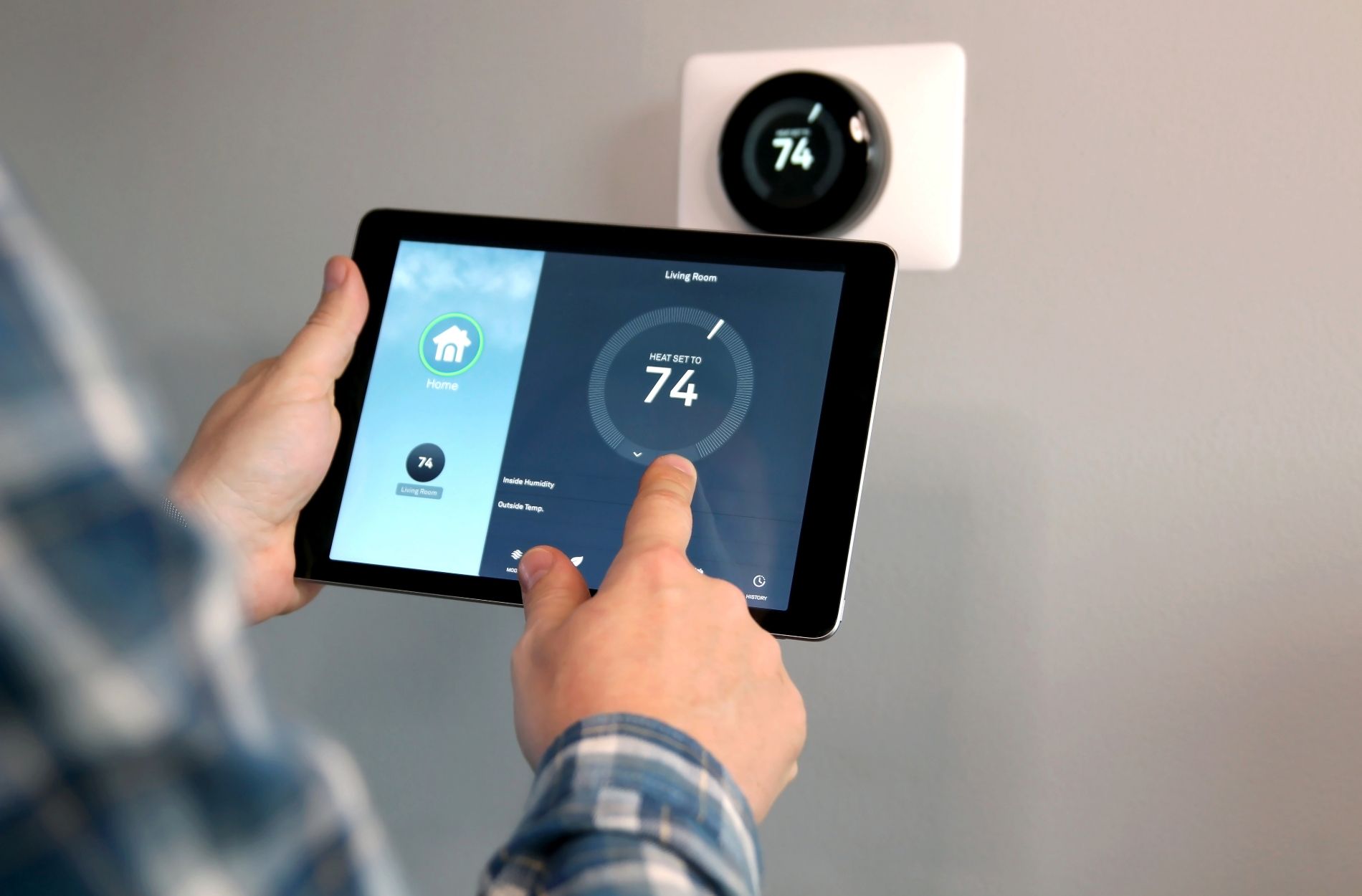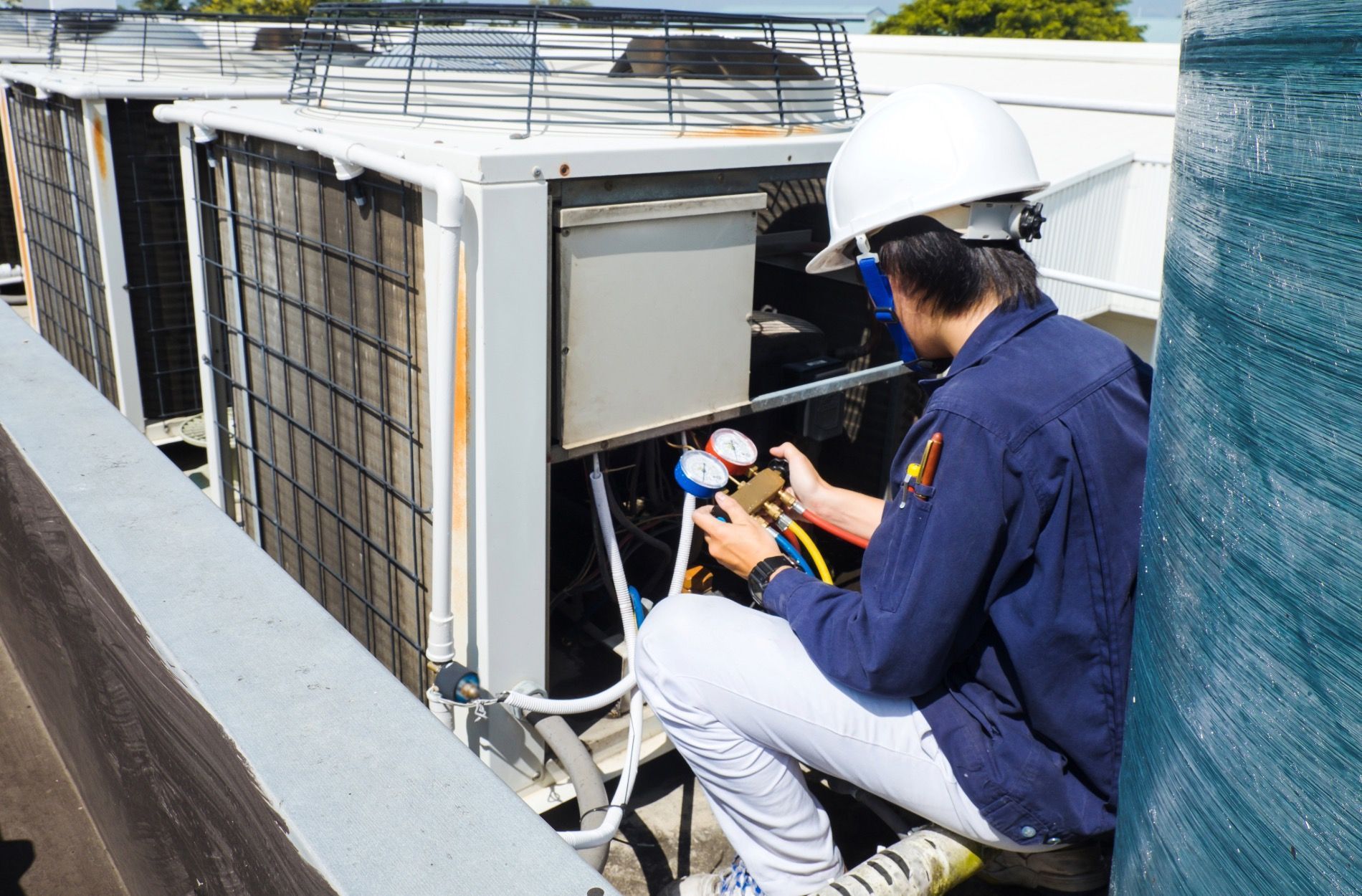Easy Ways to Improve Airflow in Your Home
Good airflow in your home is essential for maintaining a comfortable and healthy living environment. When the air moves freely, it helps regulate temperature and reduce the presence of allergens and pollutants. Poor airflow can lead to stuffy rooms, uneven temperatures, and even higher energy bills as your HVAC system works harder to maintain a consistent temperature.
In this article, we will explore various methods to boost the airflow in your living spaces. By following these tips, you can create a more pleasant indoor environment and ensure that your HVAC system works efficiently year-round. From simple cleaning routines to rearranging your furniture, these strategies will have a noticeable impact on the air quality and comfort of your home.
Clearing and Cleaning Air Vents
Clearing and cleaning your air vents is a simple yet effective way to improve airflow in your home. Over time, dust, dirt, and other debris can accumulate in the vents, blocking the passage of air. This can make it harder for your HVAC system to circulate air efficiently, leading to uneven temperatures and higher energy bills.
Start by removing the vent covers and using a vacuum cleaner with a hose attachment to suck out any visible dust and debris. You can also use a damp cloth to wipe down the vent covers and the interior of the vents themselves. If you notice a significant amount of dust or debris deep inside the ductwork, it may be a good idea to schedule a professional duct cleaning service to ensure everything is thoroughly cleaned.
Make it a habit to check and clean your vents regularly. Keeping them free of obstructions will help maintain good airflow and allow your HVAC system to work more effectively. Ensuring that no furniture or other items are blocking the vents will also contribute to better air circulation in your home.
Using Ceiling Fans Effectively
Ceiling fans are a great tool for improving airflow and maintaining a comfortable temperature in your home. By circulating the air, they help distribute cool or warm air more evenly throughout a room. Using ceiling fans correctly can make your space feel more comfortable without over-relying on your HVAC system.
During the summer, set your ceiling fans to spin counterclockwise. This direction pushes air down, creating a cooling breeze that makes the room feel cooler. You can raise your thermostat by a few degrees and still feel comfortable, which can help reduce your energy bills. In the winter, switch the fan direction to clockwise at a low speed. This will pull cool air up and push warm air down along the walls, redistributing heat that rises to the ceiling.
Using ceiling fans in conjunction with your HVAC system makes it more efficient, as it reduces the system's workload. This is especially helpful in homes with high ceilings, where warm air tends to rise. Remember to turn off fans in unoccupied rooms to save energy and maximize efficiency.
Regularly Replacing HVAC Filters
Regularly replacing your HVAC filters is crucial for maintaining good airflow in your home. HVAC filters trap dust, dirt, and other particles, preventing them from circulating through your home. However, over time, these filters can become clogged, reducing the efficiency of your HVAC system and hindering airflow.
It's a good practice to check your HVAC filters at least once a month. If they look dirty or clogged, it's time to replace them. For most homes, replacing the filters every 1-3 months is recommended. However, households with pets, smokers, or people with allergies may need to change filters more frequently to maintain optimal air quality.
Replacing your HVAC filters regularly ensures that your system can operate efficiently. Clean filters mean less strain on your HVAC unit, which can help it last longer and work better. It also improves the overall air quality in your home, making it a healthier place to live. By keeping up with this simple maintenance task, you can ensure that your HVAC system performs at its best, offering improved airflow and a more comfortable living environment.
Optimizing Your Home’s Layout for Better Airflow
The layout of your home can significantly impact the flow of air within it. By making thoughtful adjustments to your furniture arrangement and removing any obstructions, you can enhance airflow and create a more comfortable living space.
First, assess the placement of your furniture. Ensure that no large pieces are blocking air vents or registers. Objects like sofas, cabinets, or beds that obstruct vents can hinder the proper circulation of air. Relocate these items so that air can flow freely across the room.
Next, consider using open layout designs where possible. Open doorways and fewer walls can promote better airflow between rooms. If you have rooms with doors, try to keep them open to allow air to circulate more easily. Strategically placing fans can also help guide the flow of air through your home, particularly in areas that tend to be stuffy or lack natural ventilation.
Additionally, keeping windows clean and unobstructed can improve natural ventilation. When the weather permits, opening windows on opposite sides of a room can create a cross-breeze that enhances air circulation. By making these simple adjustments to your home’s layout, you can significantly improve airflow and enjoy a more comfortable living environment.
Conclusion
Improving airflow in your home is essential for comfort, energy efficiency, and overall air quality. Simple steps like clearing and cleaning air vents, using ceiling fans effectively, regularly replacing HVAC filters, and optimizing your home’s layout can enhance air circulation and create a healthier living space.
Ready to take the next step in optimizing your home's airflow and comfort? Look no further than Anytime Heating & Air. Our team of experienced technicians is here to help you with all your
HVAC in Owensboro, ensuring your home remains comfortable and efficient year-round. Schedule your service with us today and experience the benefits of improved airflow.


